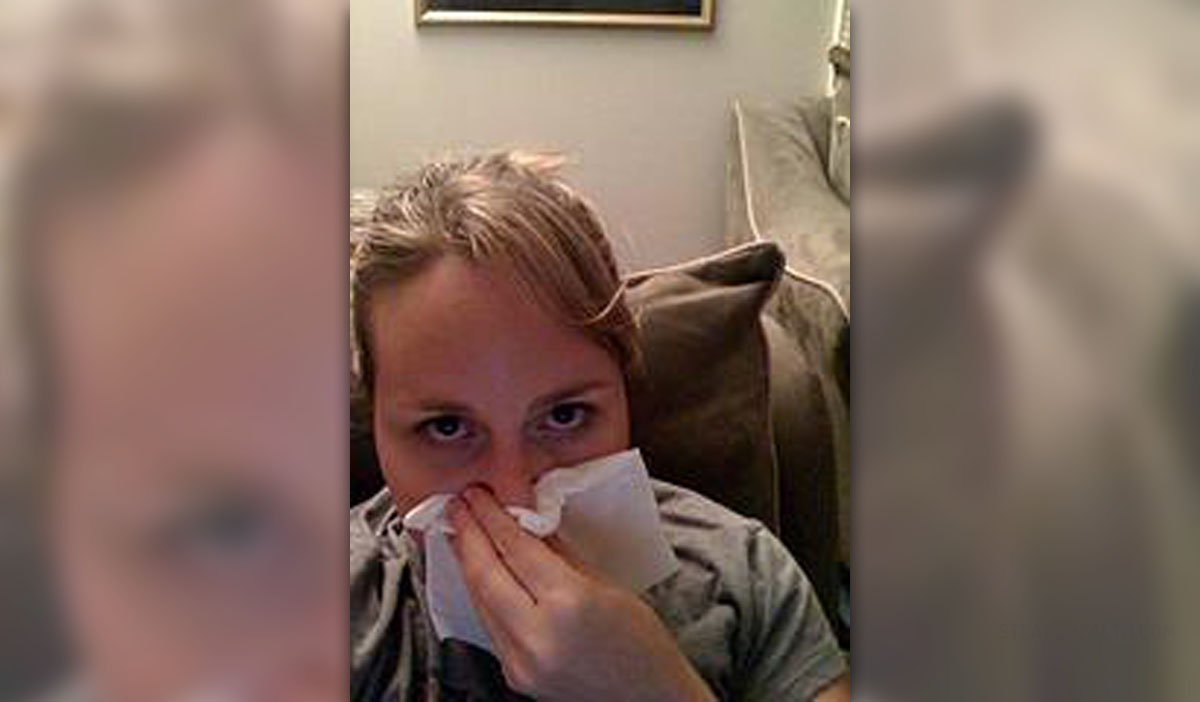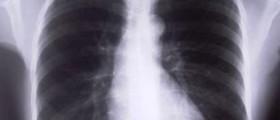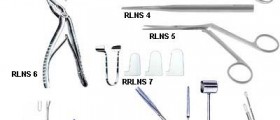
The sinuses or better to say paranasal sinuses are air cavities in the cranial bones which have a specific role. Namely, they reduce the relative weight of the skull (particularly its frontal portion), increase resonance of the voice, provide a buffer against blows to the face and insulate certain structures such as dental roots and eyes. Additionally, paranasal sinuses humidify and heat the inhaled air.
Sinus Infection - What is It?
Sinusitis is inflammation of the mucous membrane lining the paranasal sinuses. It can affect every sinus but is mostly reported to occur in the ethmoid and maxillary sinuses. Inflammation may be of bacterial, viral or fungal origin. Sinusitis is commonly associated with cold and allergic rhinitis. Many times people experience acute sinusitis. The condition may, however, be recurrent or sometimes even develop to chronic form.
Acute Sinusitis
Under normal circumstances sinuses are microorganism-free. This means that there are no bacteria, viruses or fungi present in any of the paranasal sinuses. Healthy sinuses produce certain amount of mucus which clears these cavities and also removes debris from the upper respiratory tract. However, once the pathways of sinus drainage becomes blocked in any way, mucus tends to build-up, is not removed adequately and this increases the chance of infection.
There are many underlying causes of acute inflammation of paranasal sinuses. First of all, small hairs in the sinuses (cilia) that are normally engaged in the process of mucus removal may malfunction and do not eliminate all the mucus. The remnant mucus is a potential source of infection. Furthermore, colds and allergies are always associated with nasal congestion. Edematous mucous membrane of the nasal cavity prevents sufficient drainage of mucus from the sinuses, triggering inflammation and infection. Finally, the same effects may occur in people suffering from a deviated nasal septum or those with nasal bone spur or nasal polyps.
Acute sinusitis is inflammation/infection that lasts up to 4 weeks. It may be completely cured or progress into sub-acute form (4-12 weeks) or even become chronic infection. If sinuses are affected more than 3 months, sinusitis is classified as chronic.
In the majority of cases acute sinusitis is associated with bacterial or viral infections of the upper respiratory tract. The risk of developing sinusitis is higher in individuals suffering from hay fever, cystic fibrosis, children in day care centers and patients suffering from conditions interfering with movement of cilia. Changes in altitude, the presence of large adenoids, tooth infections and immunosuppression are all potential triggers of acute sinusitis.
Sinus Infections Symptoms and Treatment
There are many different symptoms patients suffering from sinusitis face with.
Initially, there is loss of smell and loss of taste. The roof of the nasal cavity contains specific scent receptors and in case of nasal congestion these cannot receive odor molecules which results in a reduced sense of smell. Loss of taste goes hand-in-hand with loss of smell.
Mucus draining from the sinuses is enriched with bacteria. They emit unpleasant odor and this is the reason why patients in the most intense phase of infection have to deal with bad breath.
Furthermore, thick mucus persistently drains across the back of the throat, causing irritation and sore throat. This is also blamed for cough which tends to affect many people suffering from acute sinusitis. Cough is either a consequence of laryngeal irritation or it develops later when the infection spreads to other parts of the respiratory tract.
Almost all patients feel fatigue. The very infection makes patients feel tired and they generally feel exhausted due to poor nasal breathing and persistent cough, a cause of poor sleep quality.
Sometimes drainage from the affected sinuses may block the Eustachian tube, triggering an unpleasant sensation of fullness/tightness in the ears.
Finally, headache is almost always present, is basically throbbing in nature and sometimes pulsating. Acute sinusitis may also be accompanied by fever.
As far as treatment for acute sinusitis is concerned, its goal is to eradicate infectious agents and prevent progression into chronic form of the disease. Medications commonly prescribed to such patients comprise nasal decongestants, mucus thinning agents, antihistamines, analgesics and cough suppressants.
Steroids are not routinely prescribed to patients suffering from sinusitis. They are mostly recommended in people in whom sinusitis develops as a consequence of hay fever and allergy rhinitis.
Bacterial sinusitis is always treated with antibiotics. The prescribed drugs must be efficient against infectious agents and be taken for recommended periods of time. Only this way, recurrent and chronic infections can be prevented.
Nasal decongestants and antihistamines are of additional help. They reduce swelling of the mucous membrane in the nasal cavity allowing drainage of the affected sinuses. Analgesics are powerful pain-relieving medications that deal with headache. Cough is dealt with cough suppressants but these medications are not routinely prescribed especially if there is risk that infection has spread to lower portions of the respiratory tract.
And finally, self care may accelerate withdrawal of certain symptoms. For example, one may apply a warm and moist washcloth to the face several times per day, drink plenty of fluids to reduce the thickness of mucus, inhale steam several times per day and use nasal saline sprays, humidifiers or a Neti pot.

















Your thoughts on this
Loading...